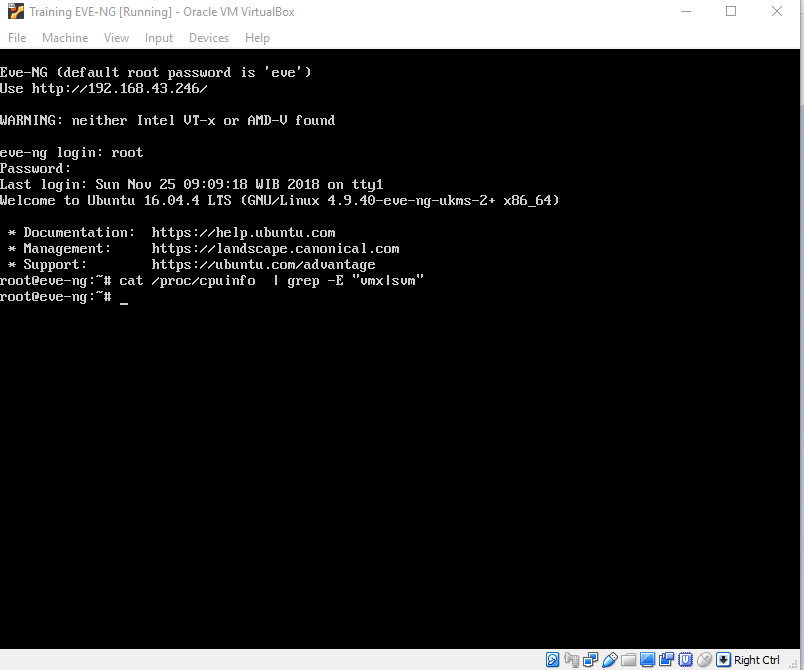

Thanks a lot, i feel confused with if it is of any help, I have the same differing MHz outputs with my BuyVM Ryzen VPS. Does providers limits access to the "boost"? I mean if a cpu is 3.7GHz to 4.4GHz, i see 3.7GHz but can i go to 4.4GHz? How can i check it? One last question: when we see frequency, i've seen that we often see the "base" frequency but never the "boost" frequency. Add to your /etc/sysctl.d/40-hugepage.Is it normal to show 3.7GHz and 2GHz at the same time? I've tried to search on google but probably i don't use good keywords for that. Now that everything seems to work you can enable hugepages by default if you like. $ grep HugePages /proc/meminfo HugePages_Total: 550 Now you can check, while your virtual machine is running, how many pages are used: $ qemu-system-x86_64 -enable-kvm -m 1024 -mem-path /dev/hugepages -hda If the number is smaller, close some applications or start your virtual machine with less memory (number_of_pages x 2): $ grep HugePages_Total /proc/meminfo HugesPages_Total: 550
#Proc cpuinfo virtualization free#
If you had enough free memory you should see: Now tell your machine how many hugepages you want: Add a few extra so we can round this up to 550. Let us say you want to run your virtual machine with 1024 MB. Now you can calculate how many hugepages you need.

$ mount | grep huge hugetlbfs on /dev/hugepages type hugetlbfs (rw,relatime,mode=1770,gid=78) Make sure /dev/hugepages is mounted properly: The mode of 1770 allows anyone in the group to create files but not unlink or rename each other's files. Of course the gid must match that of the kvm group or specify the group name directly with gid=kvm.

Hugetlbfs /dev/hugepages hugetlbfs mode=01770,gid=78 0 0 The default permission is root's uid and gid with 0755, but we want anyone in the kvm group to have access to hugepages. Now we need the right permissions to use this directory. Check if you have the directory /dev/hugepages. With an up to date Arch Linux and a running KVM you probably already have everything you need. You may also want to enable hugepages to improve the performance of your virtual machine. After the above issue is cleared, I suggest merging this section into QEMU. In case the above commands return nothing, you need to load the kernel modules manually. Then, check if the kernel modules are automatically loaded with the command: Use the following command to check if the VIRTIO modules are available in the kernel inside the virtual machine: KVM provides para-virtualized devices to virtual machines using the Virtio API as a layer between the hypervisor and guest.Īll Virtio devices have two parts: the host device and the guest driver. Para-virtualization provides a fast and efficient means of communication for guests to use devices on the host machine. To determine whether there is no hardware support or whether the extensions are disabled in BIOS, the output from dmesg after having failed to modprobe will tell. Some vendors, especially laptop vendors, disable these processor extensions by default.

Tip: If modprobing kvm_intel or kvm_amd fails but modprobing kvm succeeds, and lscpu claims that hardware acceleration is supported, check the BIOS settings.


 0 kommentar(er)
0 kommentar(er)
